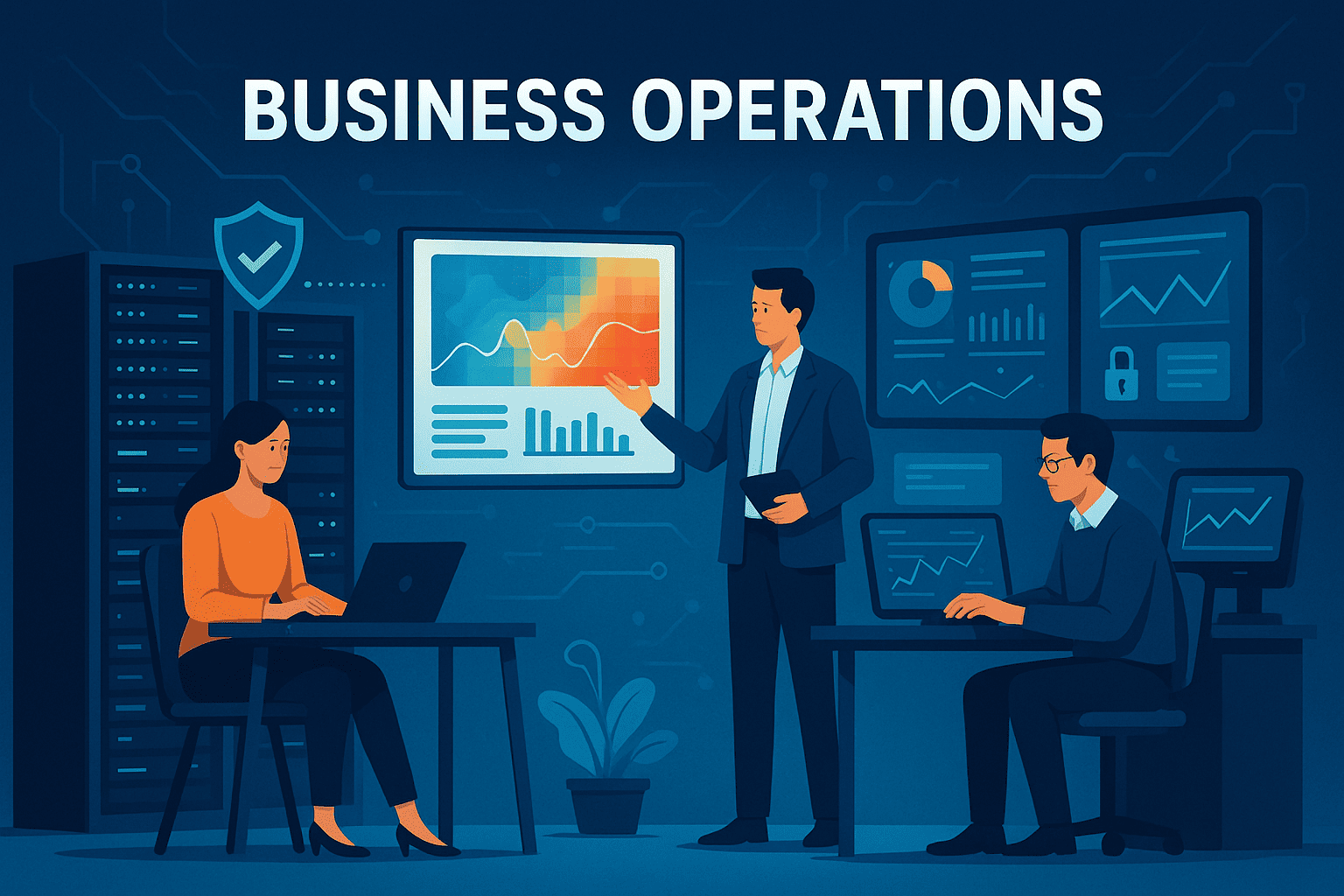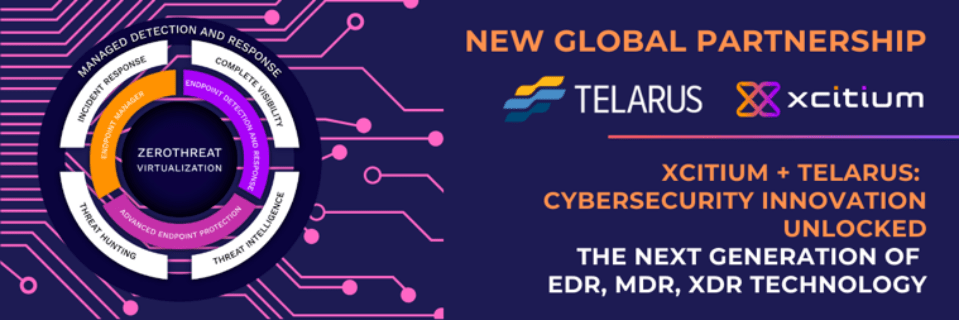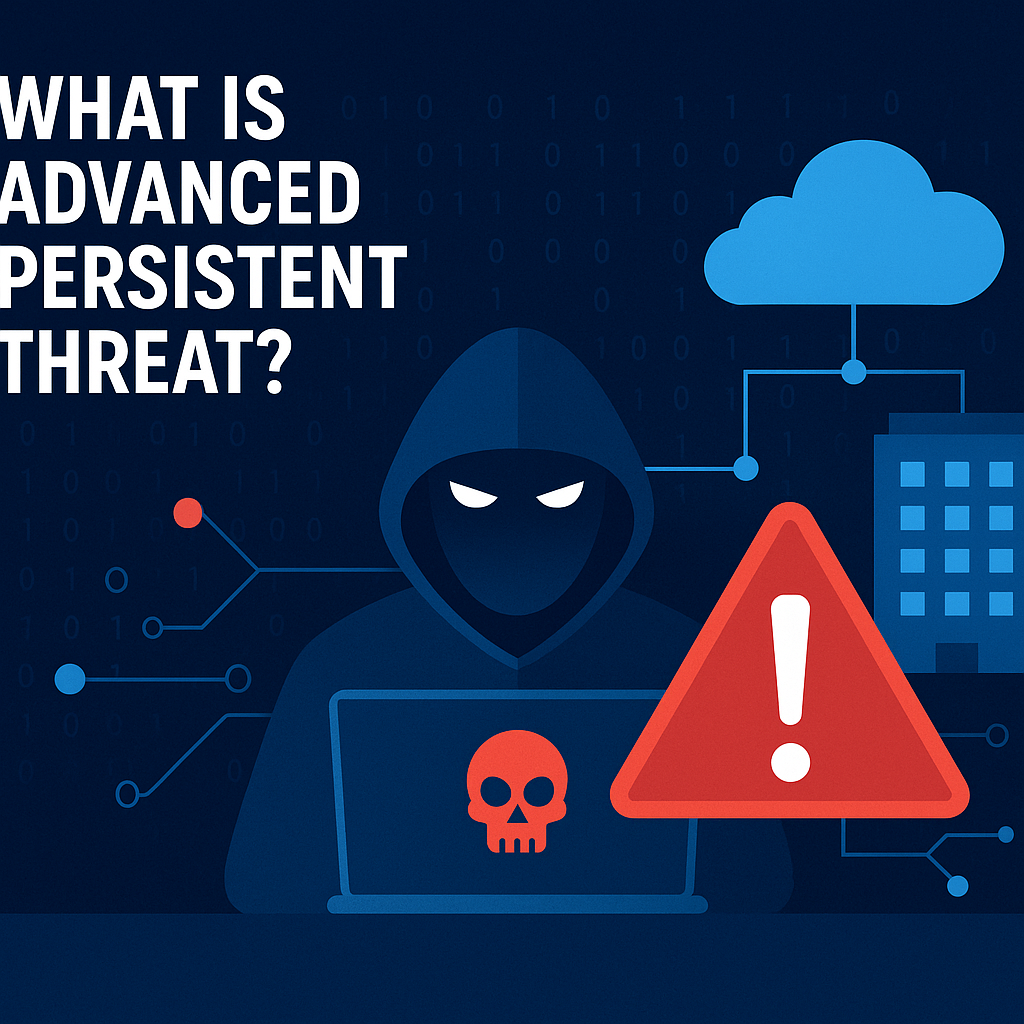What Is Business Operations? A Complete Guide for Modern Organizations
Updated on November 12, 2025, by Xcitium

Have you ever wondered what keeps a business running smoothly day after day? The answer lies in its business operations — the heartbeat of every successful organization.
Whether you’re managing an IT department, leading a cybersecurity firm, or scaling a SaaS company, understanding what business operations are is essential for driving growth, efficiency, and security. In a world where digital transformation and data risks evolve rapidly, business operations management is no longer about just “keeping things moving.” It’s about integrating people, technology, and security into one unified workflow.
What Is Business Operations?
Business operations refer to the core activities and processes that allow an organization to produce goods, deliver services, and maintain profitability. It encompasses everything — from daily management and logistics to technology infrastructure and data security.
In simpler terms, business operations are how a company runs efficiently to meet goals, satisfy customers, and sustain performance.
Key Components of Business Operations
-
People: Employees, partners, and leadership teams driving the workflow.
-
Processes: Structured methods or frameworks guiding operations.
-
Technology: Systems, software, and automation tools that support daily functions.
-
Resources: Financial, physical, and digital assets that enable productivity.
In modern enterprises — especially those operating in cybersecurity, IT, or data-driven industries — streamlined operations are crucial for reducing downtime, improving collaboration, and maintaining compliance with security standards.
Why Are Business Operations Important?
Efficient business operations determine whether a company thrives or struggles. Here’s why they matter:
-
Enhanced Productivity: Structured workflows reduce bottlenecks and increase employee efficiency.
-
Operational Resilience: Well-managed processes ensure business continuity during disruptions.
-
Profitability: Streamlined operations lower costs and boost output.
-
Scalability: Strong operational frameworks make it easier to expand or adapt to market changes.
-
Security: Integrated cybersecurity measures safeguard data, assets, and customer trust.
A 2024 Deloitte survey revealed that 74% of executives believe improving operational efficiency directly impacts profitability — proving that operations are the cornerstone of long-term business success.
Types of Business Operations
Business operations vary across industries but generally fall into four main categories:
1. Manufacturing Operations
These involve production, inventory management, and quality control.
Example: A tech manufacturer ensuring secure supply chain processes for hardware components.
2. Service Operations
These focus on customer experience, support, and service delivery.
Example: A cybersecurity company providing managed detection and response (MDR) services to clients.
3. Retail or E-commerce Operations
Operations include sales management, order fulfillment, and logistics coordination.
Example: An IT hardware reseller managing online sales and shipping security.
4. IT & Digital Operations
These cover network management, software deployment, and data protection.
Example: An enterprise leveraging Xcitium for endpoint monitoring and cybersecurity automation.
The Role of Cybersecurity in Business Operations
In today’s digital economy, cybersecurity is inseparable from business operations. Every operational process — from finance to HR to supply chain — relies on data integrity and system reliability. A single breach can disrupt the entire operational ecosystem.
Key Cybersecurity Considerations in Operations
-
Data Protection: Ensuring sensitive business and customer data is encrypted and compliant.
-
Endpoint Management: Using tools like OpenEDR to detect threats in real-time.
-
Access Control: Implementing zero-trust frameworks to secure internal systems.
-
Incident Response: Building operational playbooks for swift breach mitigation.
-
Business Continuity: Integrating disaster recovery plans into operational frameworks.
By embedding security-first thinking into daily operations, businesses strengthen their resilience against modern threats like ransomware, insider attacks, and supply chain compromises.
Core Elements of Efficient Business Operations
To understand what business operations are, it’s essential to look at their building blocks.
1. Process Optimization
Standardize and automate workflows to reduce manual errors and increase accuracy.
2. Resource Allocation
Distribute human, financial, and technical resources strategically for maximum ROI.
3. Technology Integration
Adopt tools like ERP, CRM, and EDR platforms to unify departments and ensure data consistency.
4. Performance Metrics
Use KPIs such as:
-
Operational Cost Ratio
-
Efficiency Index
-
Customer Retention Rate
-
Mean Time to Detect/Resolve (MTTD/MTTR) in cybersecurity
5. Continuous Improvement
Follow methodologies like Lean, Six Sigma, or Agile Operations to refine processes continuously.
Modern Tools Powering Business Operations
1. Enterprise Resource Planning (ERP)
ERP systems integrate finance, HR, and supply chain operations into one platform (e.g., SAP, Oracle).
2. Customer Relationship Management (CRM)
Tools like Salesforce or HubSpot streamline client communications and lead tracking.
3. Endpoint Detection & Response (EDR)
Solutions like Xcitium secure operational endpoints, ensuring continuous visibility and threat management.
4. Business Intelligence (BI)
Data analytics platforms (e.g., Power BI, Tableau) help visualize operational performance in real time.
5. Cloud Management
Services like AWS, Azure, and Google Cloud simplify infrastructure operations and improve scalability.
Steps to Optimize Business Operations
If you’re wondering how to enhance operational efficiency in your organization, here’s a proven framework:
Step 1: Analyze Current Workflows
Identify redundant tasks or outdated systems that slow performance.
Step 2: Automate Repetitive Tasks
Use robotic process automation (RPA) or AI tools to minimize human intervention.
Step 3: Integrate Security Protocols
Ensure that all automation and cloud processes comply with cybersecurity standards.
Step 4: Train Employees
Develop operational awareness and cybersecurity literacy across departments.
Step 5: Monitor and Adjust
Use heat maps, dashboards, and analytics tools to track progress and continuously optimize.
The Relationship Between Business Operations and IT Management
In the digital age, IT and business operations are deeply intertwined. While operations define what needs to happen, IT determines how it happens.
For instance:
-
Business operations depend on network uptime and system availability.
-
IT departments manage data security, software reliability, and infrastructure performance.
This symbiotic relationship is the foundation of digital transformation, where technology enables faster, more secure, and more intelligent operations.
Real-World Examples of Efficient Business Operations
Example 1: Amazon
Amazon’s business operations rely on automation, AI, and logistics optimization, ensuring products move efficiently from warehouses to customers.
Example 2: Xcitium
Xcitium streamlines its cybersecurity services using OpenEDR — integrating endpoint protection, detection, and response to ensure uninterrupted operations for clients worldwide.
Example 3: Tesla
Tesla’s vertically integrated model allows control over manufacturing, software updates, and customer engagement — optimizing the full operational lifecycle.
Benefits of Streamlined Business Operations
-
Improved Productivity: Reduced manual work and optimized workflows.
-
Stronger Security: Unified policies safeguard business continuity.
-
Cost Efficiency: Automation minimizes waste and operational expenses.
-
Data-Driven Decisions: Analytics improve forecasting and strategy.
-
Customer Satisfaction: Smooth operations lead to better service delivery.
Challenges in Managing Business Operations
Despite technological progress, several operational challenges persist:
-
Cybersecurity Risks: Increased attack surfaces from digital transformation.
-
Data Silos: Lack of integration between business tools.
-
Change Resistance: Employees adapting slowly to automation or new workflows.
-
Regulatory Compliance: Managing GDPR, HIPAA, and ISO requirements.
-
Scalability Issues: Legacy systems that can’t handle growing demand.
To overcome these, leaders must adopt a proactive and data-centric approach — integrating cybersecurity and operational excellence under one strategy.
Future Trends in Business Operations
-
AI-Driven Operations: Predictive analytics for smarter resource allocation.
-
Zero-Trust Architecture: Strengthening security for hybrid and remote workforces.
-
Sustainable Operations: Green computing and eco-friendly supply chains.
-
Autonomous Systems: Robotic automation in logistics and manufacturing.
-
Cloud-Native Frameworks: Scalable, secure digital infrastructure for global teams.
As enterprises evolve, AI and cybersecurity integration will define the next generation of business operations — turning data into insight and automation into efficiency.
Conclusion
So, what is business operations in today’s context? It’s the strategic coordination of people, processes, and technology to achieve organizational goals while maintaining security and efficiency.
Whether it’s cybersecurity, IT management, or digital transformation, optimizing business operations ensures your company stays agile, resilient, and future-ready.
To stay ahead of threats and inefficiencies, combine operational intelligence with security innovation — because strong operations are the backbone of business success.
Empower your business operations with real-time visibility, automation, and security.
👉 Request a demo from Xcitium and discover how next-gen cybersecurity strengthens your operational foundation.
FAQs About Business Operations
1. What are business operations in simple terms?
Business operations are the daily activities and processes that keep a company functioning efficiently, from production to service delivery.
2. What is the difference between business operations and management?
Operations focus on executing processes, while management involves planning, organizing, and leading those operations strategically.
3. How can technology improve business operations?
Tools like ERP, AI automation, and EDR platforms improve accuracy, speed, and security across business workflows.
4. What are the most common operational challenges?
Cybersecurity risks, lack of integration, and compliance complexities are major challenges businesses face today.
5. Why is cybersecurity vital for operations?
Because every business process depends on data integrity — securing operations ensures business continuity and customer trust.














